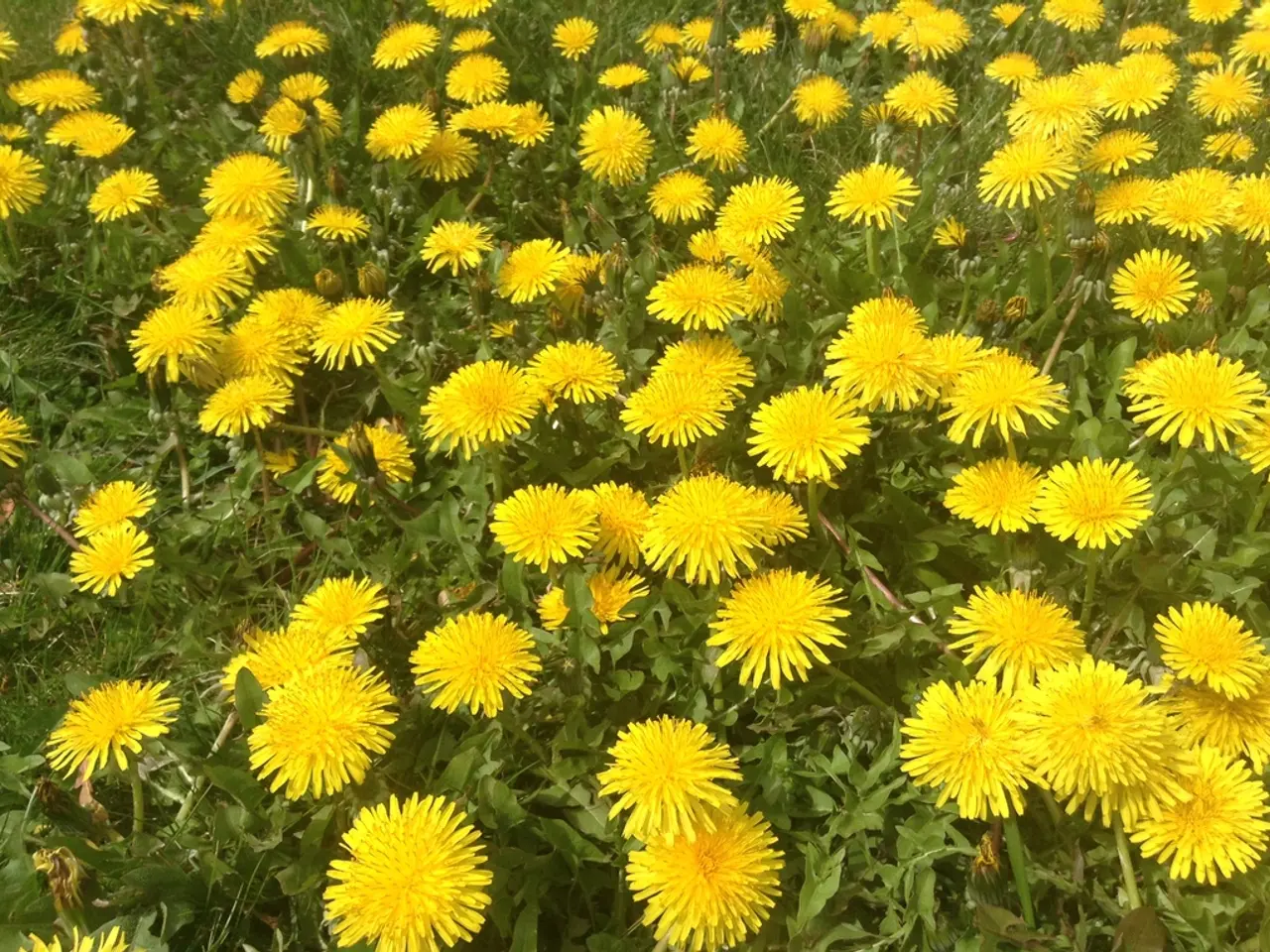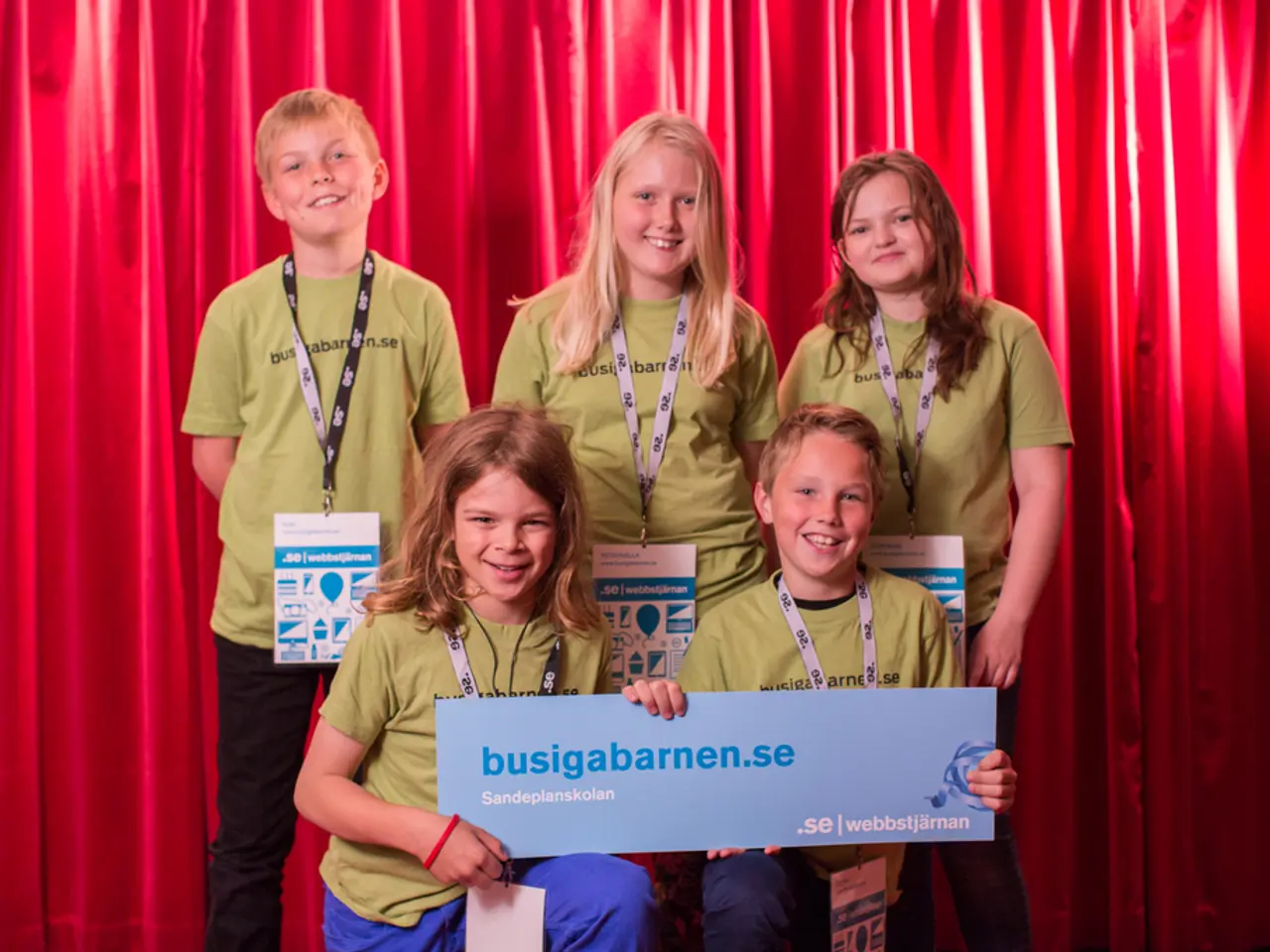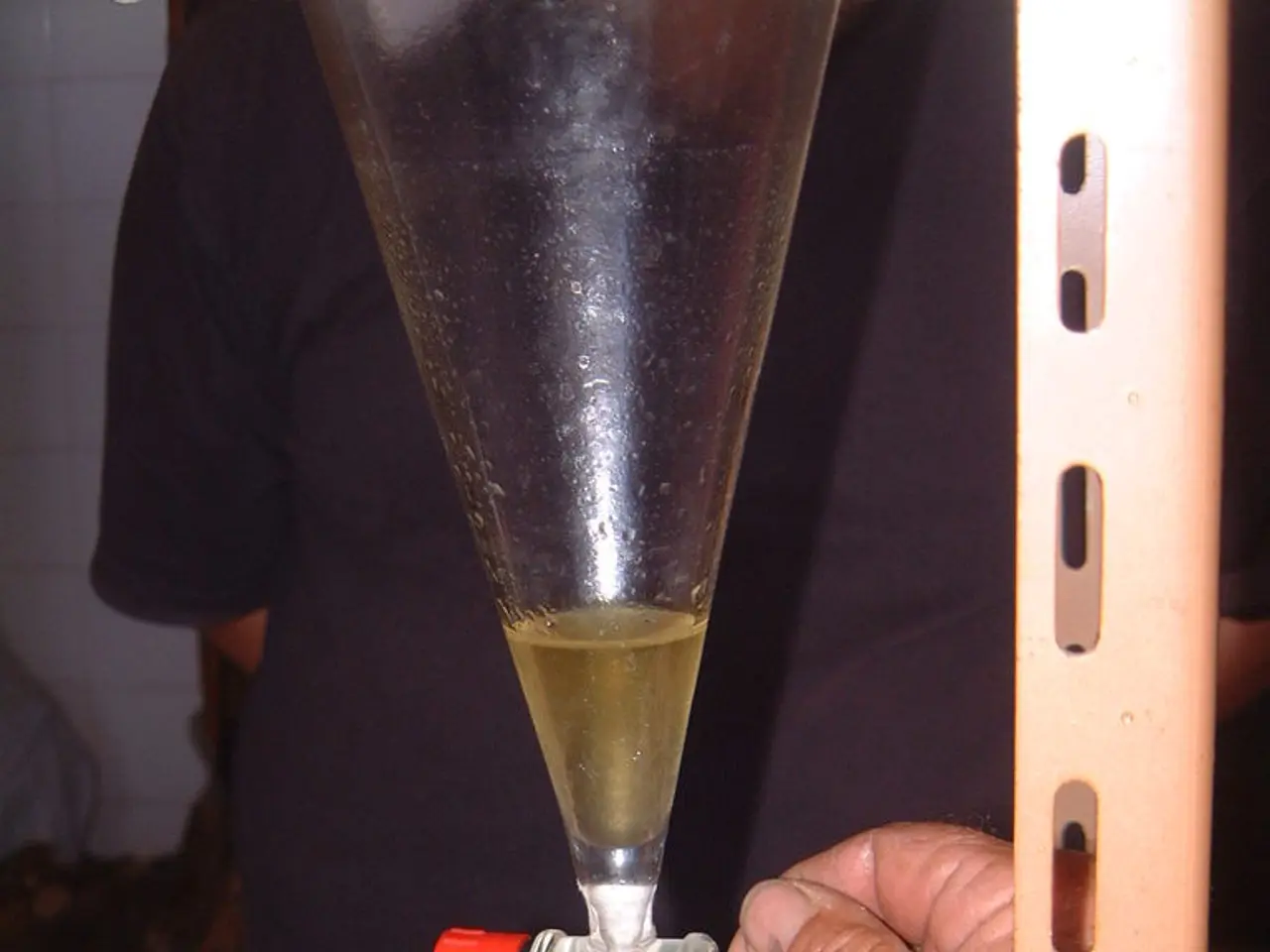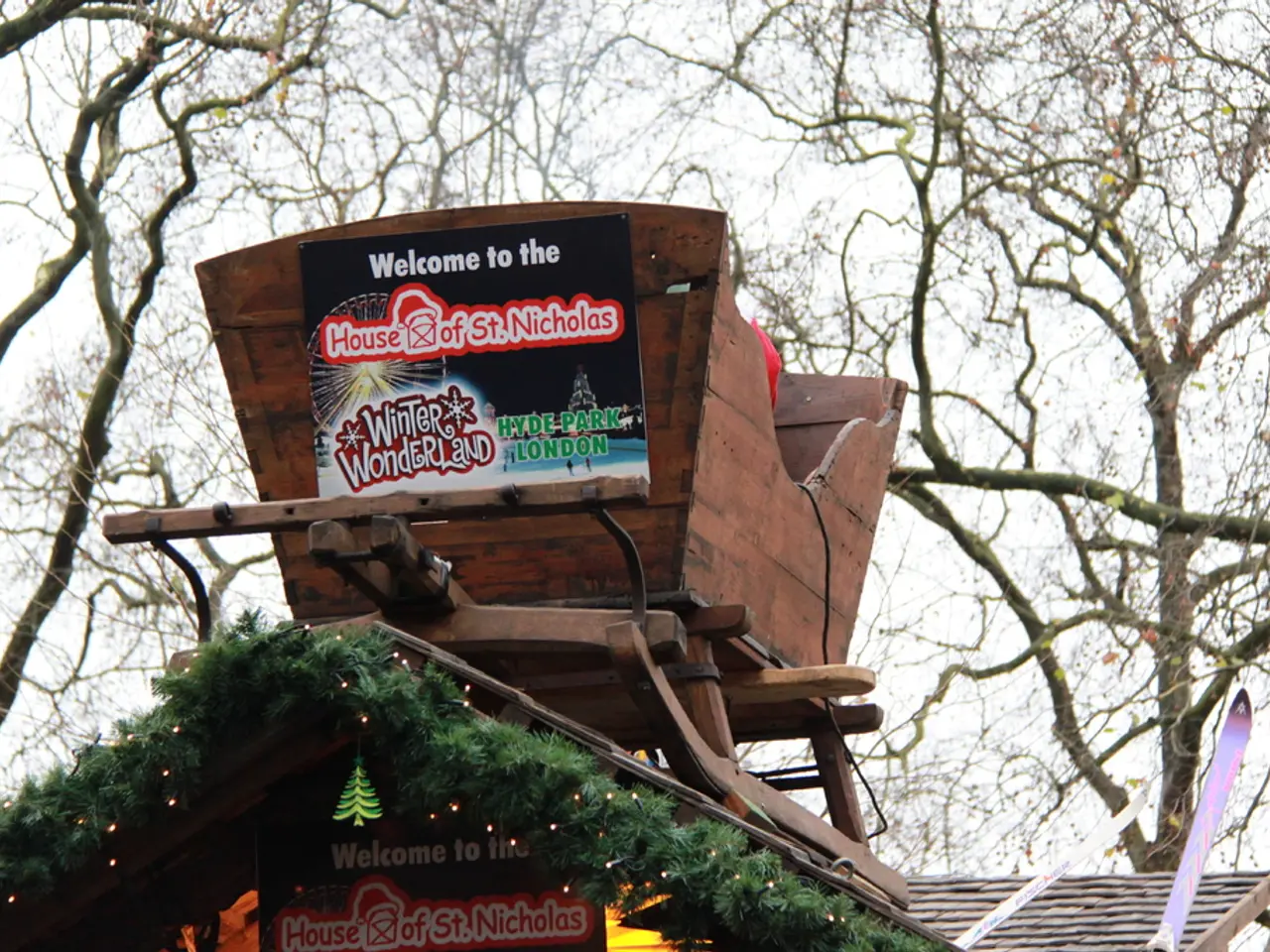"The daffodil radiating 'naive, whimsical appeal' is recognized as the most charitable among all Narcissus varieties"
In the picturesque landscapes of the Iberian Peninsula, a unique species of daffodil, Narcissus bulbocodium, captivates observers with its remarkable diversity and adaptability. Known colloquially as the hoop-petticoat daffodil, this species presents a complex of subspecies and forms tailored to various local environments.
Subspecies and Forms of Narcissus bulbocodium in the Iberian Peninsula
- Narcissus bulbocodium subsp. bulbocodium
- This is the nominal subspecies widespread throughout the Iberian Peninsula.
- Typically characterized by bright yellow flowers with a large, funnel-shaped corona ('hoop-petticoat') and narrow, grass-like leaves.
- Narcissus bulbocodium subsp. conspicuus
- Found mainly in parts of Portugal and western Spain.
- Usually has larger flowers with a more pronounced, conspicuous corona, sometimes with subtle variations in color intensity.
- Narcissus bulbocodium subsp. pallidulus
- Occurs in certain localized areas, often in mountainous terrain.
- Flowers tend to be paler in color, sometimes almost creamy-yellow or creamy-white, differing from the vivid yellow of the typical subspecies.
- Narcissus bulbocodium subsp. toletanus
- Named after the Toledo region in central Spain.
- Can have transitional flower colors and forms blending features of other subspecies.
Color Variations
- The most common color throughout the Iberian Peninsula for N. bulbocodium is bright yellow, which ranges from deep golden-yellow to pale lemon-yellow.
- Some populations exhibit paler flowers, tending towards cream or white with yellow highlights inside the corona.
- Variation in corona size and shape is also notable, sometimes giving a more flared or cylindrical appearance.
Forms
- The subspecies sometimes contain forms that are locally adapted, such as dwarfed individuals in harsher environments or those with slightly elongated leaves or shorter corona.
- Forms may also be distinguished by subtle differences in flowering time, flower size, or habitat preference (e.g., rocky slopes, scrublands, meadows).
Summary
In the Iberian Peninsula, Narcissus bulbocodium presents a complex of subspecies and forms adapted to different local conditions, with main recognized subspecies including subsp. bulbocodium, conspicuus, pallidulus, and toletanus. The flowers mostly exhibit variations of yellow, from deep gold to pale cream, with the distinctive hoop-shaped corona being a common characteristic.
If you want detailed scientific references or botanical keys for precise identification, consulting regional floras like "Flora Iberica" or horticultural monographs on Narcissus would provide in-depth descriptions.
In addition to their natural distribution, Narcissus bulbocodium has become a popular and inexpensive garden plant, readily available at garden centers. These versatile daffodils can be grown in a frost-free 'cold' greenhouse for flowers in good time for Christmas, or in the garden for spring. Despite their prolific seed production, they may not always establish themselves as hoped, but they can be moved or treated as one-offs and planted again the following autumn.
The RHS refers to daffodils with a specific shape as "Hoop-petticoatdaffodils," although this fashion was common in the 1860s. In the south of Spain and Morocco, a pure-white form of Narcissus bulbocodium exists, known as N. cantabricus by some botanists.
Charles Quest-Ritson, a historian and writer about plants and gardens, has lectured in five languages and in all six continents except Antarctica. He is known for his books on roses, olives, and gardens of Europe. Quest-Ritson's work has shed light on the fascinating world of Narcissus bulbocodium and its adaptations across the Iberian Peninsula.
In central and southern Spain, hybrid forms of Narcissus bulbocodium are often found within apparently uniform colonies. Spanish botanists continue to study Narcissus bulbocodium and publish learned papers about their findings in the wild.
In parts of Spain, Narcissus bulbocodium are as common in spring as dandelions are at home. The species thrives, seeds itself, and naturalizes when conditions mimic their native habitat. However, during the hot Hispanic summers, they die back, making it difficult for them to compete with meadow grasses.
DNA testing has led to a reorganization of the Narcissus genus, but hybridization between species that are only distantly related continues. This tendency for Narcissus bulbocodium to cross with not only its closest relations but also with remoter cousins produces new hybrids and, occasionally, new species. Two documented hybrids can be found in Spain: one with N. rupicola in the Sierra de Guadarrama, and another with N. triandrus in León.
As researchers and gardeners continue to explore the world of Narcissus bulbocodium, the species' adaptability and resilience become increasingly evident. Its diverse forms and subspecies provide valuable insights into the process of evolution and the ability of plants to thrive in a wide range of conditions.
- The incorporation of Narcissus bulbocodium into home-and-garden settings showcases the adaptability of this daffodil species, as it can be grown in a frost-free greenhouse or outdoors in the garden.
- Understanding the unique subspecies and forms of Narcissus bulbocodium found in the Iberian Peninsula, such as hoop-petticoatdaffodils, sheds light on the diverse lifestyles these plants have in their natural habitats and potential garden settings.




